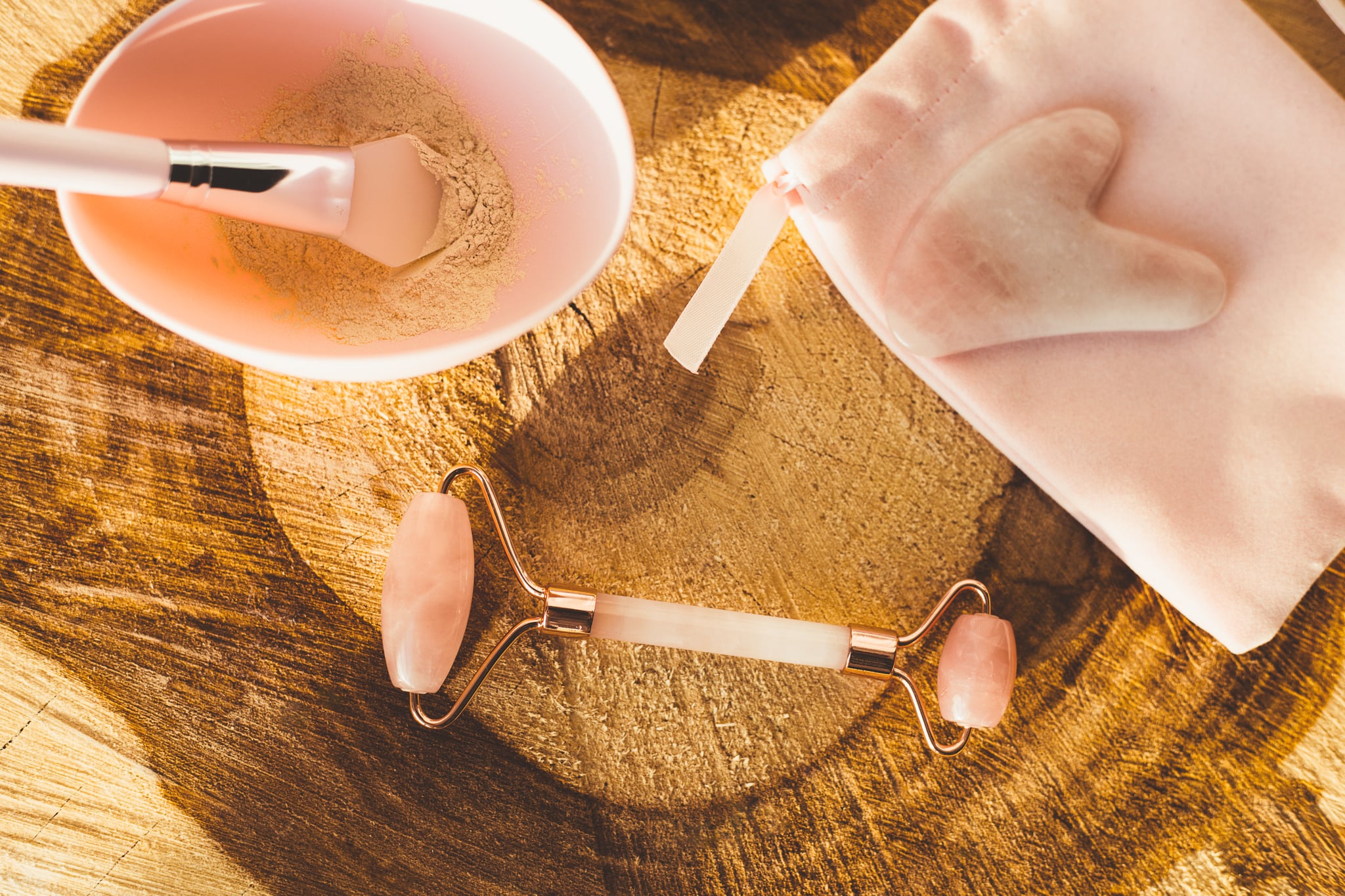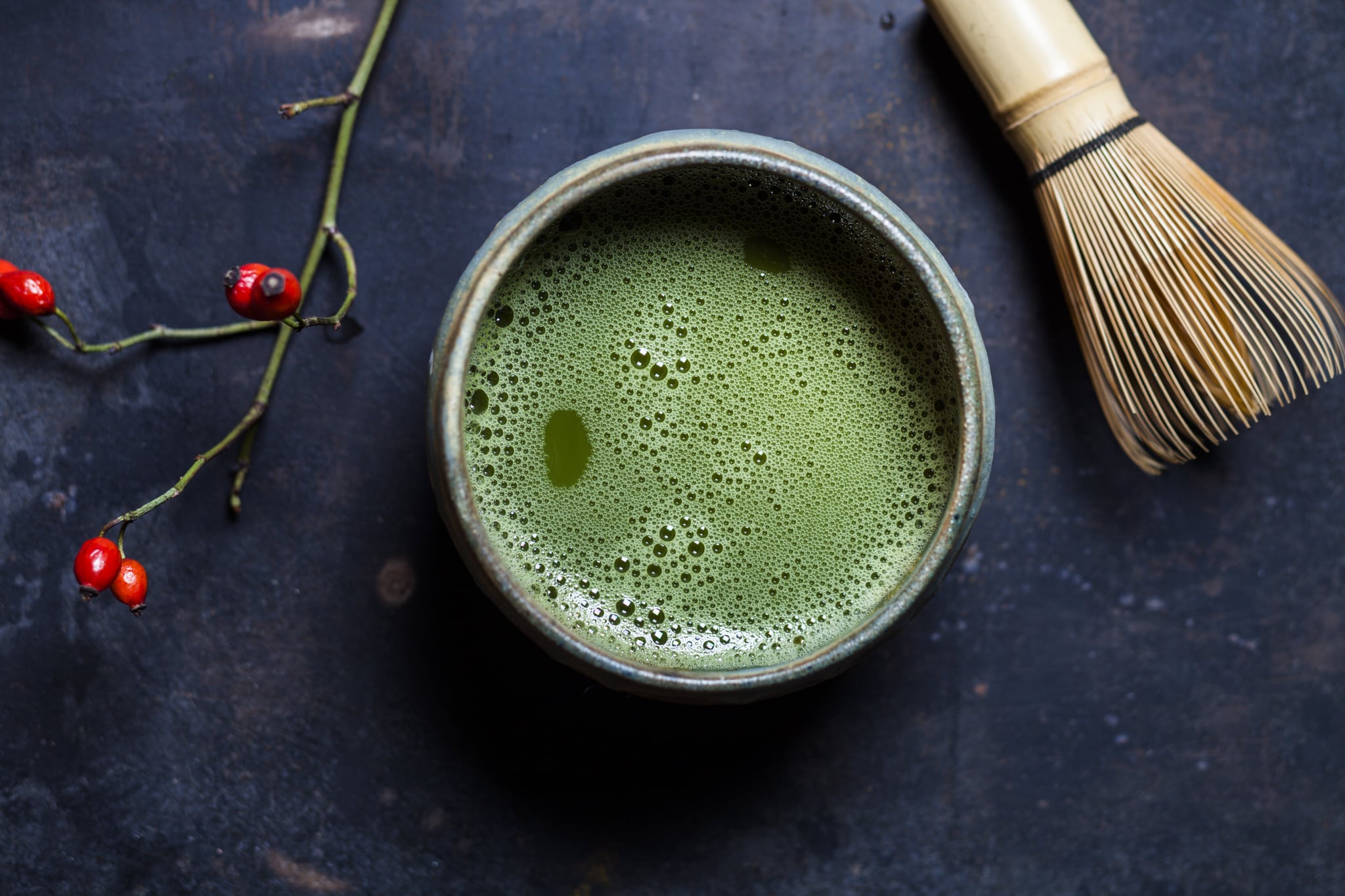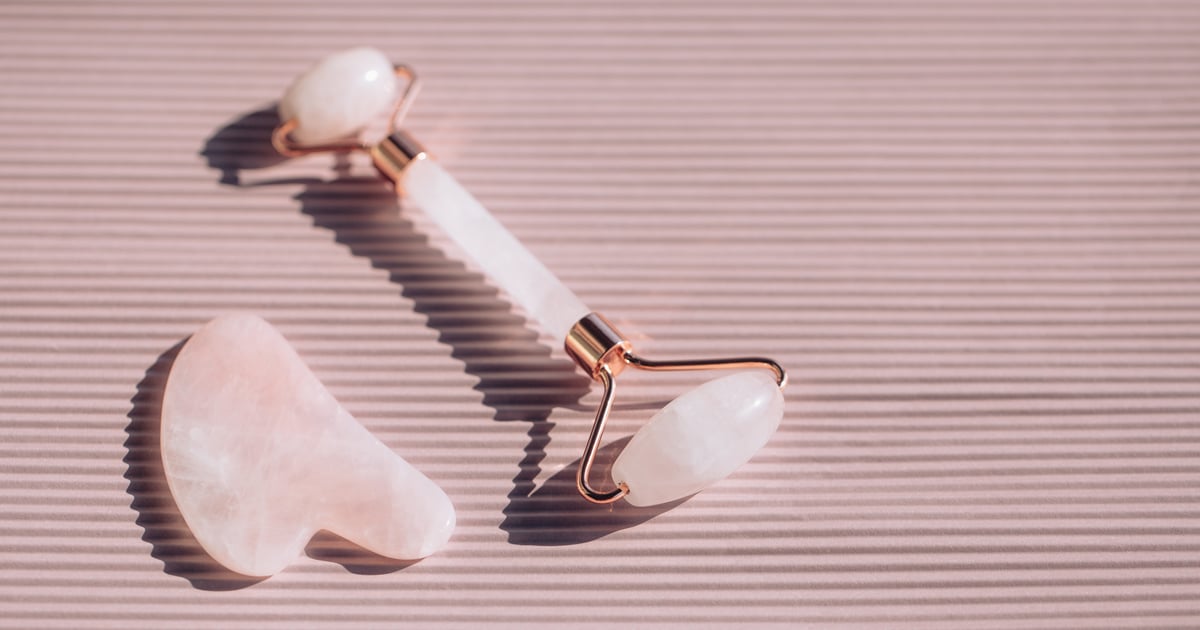Growing up Asian, I remember very well one of the beauty rituals that my mother imposed on me: brushing my hair with coconut oil. To keep my hair shiny and strong, the thick coconut mousse sat on my head for 15 minutes before rinsing off. I didn’t like the ritual because the smell stank but it was a home beauty remedy transmitted from his mother, and, he made leave my hair with a noticeable shine. “It’s a Filipino thing,” she said.
I also remember the trips I took with my mother to Chinatown where I noticed ginseng roots submerged in jars filled with liquid. As a child I found them disturbing, but my mom talked about the healing and energizing effects of ginseng, buying virtually any supplement that contained it. In his mind, it was a panacea, like the Vicks Vaporub of tubers. To this day, my mom prefers cosmetics to ginseng. (She has a stash of ginseng-infused sheet masks.)
I have fully embraced these addictions and more. The Asian in me has connected with the Asian in my vials and serums. To this day, I only buy Asian brands of sheet masks – just a meticulous curation that I have refined over the years. I’m drawn to what I know I am Asian ingredients. Rice cloth masks? I am. Green tea products? Great. Ginseng? Even better.
The recent wave of horrific hate crimes directed to the AAPI community caused the the beauty industry to do its accounting. Consumers are taking notice of brands that are silent on anti-Asian hate and those that go beyond an Instagram post, giving proper credit to Asian practices and ingredients and recognizing the Asian contribution to beauty.
While Asian culture is most often recognized when it comes to Korean or Japanese beauty, the reality is that our culture has helped significantly influence and shape the entire beauty industry.
“Asian beauty practices are incredibly unique, complex, and passed down from generation to generation. I learned a lot about my beauty routine from my mom. ” Cocokind founder Priscilla Tsai told POPSUGAR. “While Asian culture is most often recognized when it comes to Korean or Japanese beauty, the reality is that our culture has been instrumental in influencing and shaping the entire beauty industry tremendously. It comes from the ingredients we use to how we build the steps for our daily skin care routines. ”
Cary Lin, the founder of the sustainable beauty brand Common heir, added, “Asia has definitely become an innovation hub for beauty and skin care culture. Manufacturers are reinventing these traditional herbs and rituals and developing some of the most innovative and cutting-edge formulas, textures and ingredients in the industry. “
Unfortunately, some brands go beyond “reimagining” by whitewashing our practices and traditions. It’s not just a problem with the beauty industry either. (Remember that mahjong debacle?) But as the AAPI community goes through tough times, it’s more important than ever to give credit where it belongs.
“The AAPI community is not a monolith, but I think we’ve always felt under-represented, harassed and reminded that we don’t belong here,†Lin said. “Representation is a counterweight to xenophobia because it offers proof of belonging. To feel seen is an emotional experience.”
Asian practices are more than trendy and trendy ingredients and gadgets. These are centuries, if not millennia, of traditions passed down from generation to generation and it is time to start honoring their origins. Here, we’ve compiled some of the most common beauty tools and ingredients with Asian roots.

Jade rolls
Jade rollers, usually double-ended massage tools, are ubiquitous in the beauty market today sold at all retailers from Ulta to Goop. They come in many colors and a variety of gemstones – rose quartz, opal, amethyst, or a bifurcated permutation – but jade scrolls were used long before its rise in the United States. “Jade rollers have been used by Chinese women for centuries,” Marie Jhin, certified dermatologist and author of “Asian Beauty Secrets” told POPSUGAR. “Jade contains essential magnesium, iron and calcium for the body. These properties, along with the stone’s freshness, help flush out internal toxins and reactivate bodily rhythms.”
Gua Sha
Another ancient Chinese staple, a Gua Sha is a massage tool carved from a stone, usually jade. “Gua Sha involves using a stone to massage the face to relieve tension, improve lymphatic drainage and improve circulation,†says Dr. Jhin. By sliding the tool across your face, it helps boost energy and reduce inflammation. In addition, the drainage of the lymphatic system also drains toxins, which reduces puffiness.
Sheet masks
The super thin, serum-soaked masks that typically come in individual packages have a history beyond the arrival of K-beauty. The first variations of a sheet mask were used by Japanese geishas. According to her, an 1813 manual of skin care and makeup tips for geishas titled Miyakofuzoku Kewaden or “Capital Beauty and Style Manual”, includes descriptions of the first sheet mask. The outlet said it included “instructions for moistening a piece of kimono silk with distilled flower water and placing it on the face,” which, in practice, is what constitutes a mask. sheet. Today there are countless iterations made of materials from foil To rubber with all kinds of permutations of ingredients.
Turmeric
Turmeric is definitely more than a kitchen staple. More and more beauty companies are using the properties of the Ayurvedic yellow spice native to South Asia. Turmeric is one of the key ingredients in Cocokind products and Tsai says turmeric is one of those “extremely common” beauty ingredients that “derive directly from Asian beauty practices and play an important role in various Asian cultures.” . According to Cocokind, it has been used for over six millennia for its anti-inflammatory and antiseptic properties. Plus, its active ingredient, curcumin, is a polyphenol (which is packed with antioxidants) that helps reduce the appearance of dark spots and UV damage. The ingredient can be seen in a line of beauty products from masks To vitamin C serums.

Matcha
Green tea is another beauty ingredient with a history spanning millennia, according to Dr. Jhin. “Although tea was discovered by chance by Chinese Emperor Shen Nong 5,000 years ago, unfermented green tea is now a Japanese superhero,†she says. “The polyphenols in green tea neutralize free radicals and help detoxify the body and skin.”
Rice
Have you ever tried this TikTok rice water trendy hair? There is a reason the rice water took off. Rice water was used by court ladies for their hair since the ancient Heian period. But it wasn’t just used as a hair product. “Rice was an abundant staple food in Korea and Japan in ancient times. Women bathe in water that has been used to wash rice for centuries, â€says Dr Jhin. “They found their skin to be smoother, more supple, and free from blemishes. Rice water was a gentle, easy-to-use cleanser.” According to Healthline, fermented rice water or rice wine, helps improve sun damage to the skin. Plus, it releases collagen to keep the skin taut. Nowadays, rice water is infused in products ranging from toners to creams.
Ginseng
“Ginseng originated in Korea and Manchuria in northern China and was a precious and expensive elixir of life for royalty and the wealthy,†says Dr. Jhin. In these ancient practices, achieving Qi, or the general balance of the body, was the goal and ginseng played a huge role in this. “It is revered as an overall tonic to restore balance to the body. It is rich in phytoestrogens, called ginsenosides, and is a powerful antioxidant,†she explains. Ginseng stops the production of melanin which helps hyperpigmentation. In Dr. Jhin’s book, “Asian beauty secretsShe also mentions the anti-inflammatory properties of ginseng which help relieve redness and swelling. Additionally, she adds that ginseng stimulates the circulation of blood vessels, triggering the production of collagen. More collagen means more skin. closed.
Coconut
The fleshy fruit is thought to have two places of origin: one is at the edge of the Pacific Ocean, in the countries of Southeast Asia, and the other, at the edge of the Indian Ocean, in South Asia. It is therefore not surprising that the cultures of Southeast Asia and South Asia have transmitted beauty rituals centered on the coconut and home remedies for generations. No part of the coconut is wasted. Coconut water, besides being refreshing, has antioxidant properties and its electrolytes are hydrating while coconut oil has an effect. range of benefits to be an effective hair conditioner and breath freshener.

